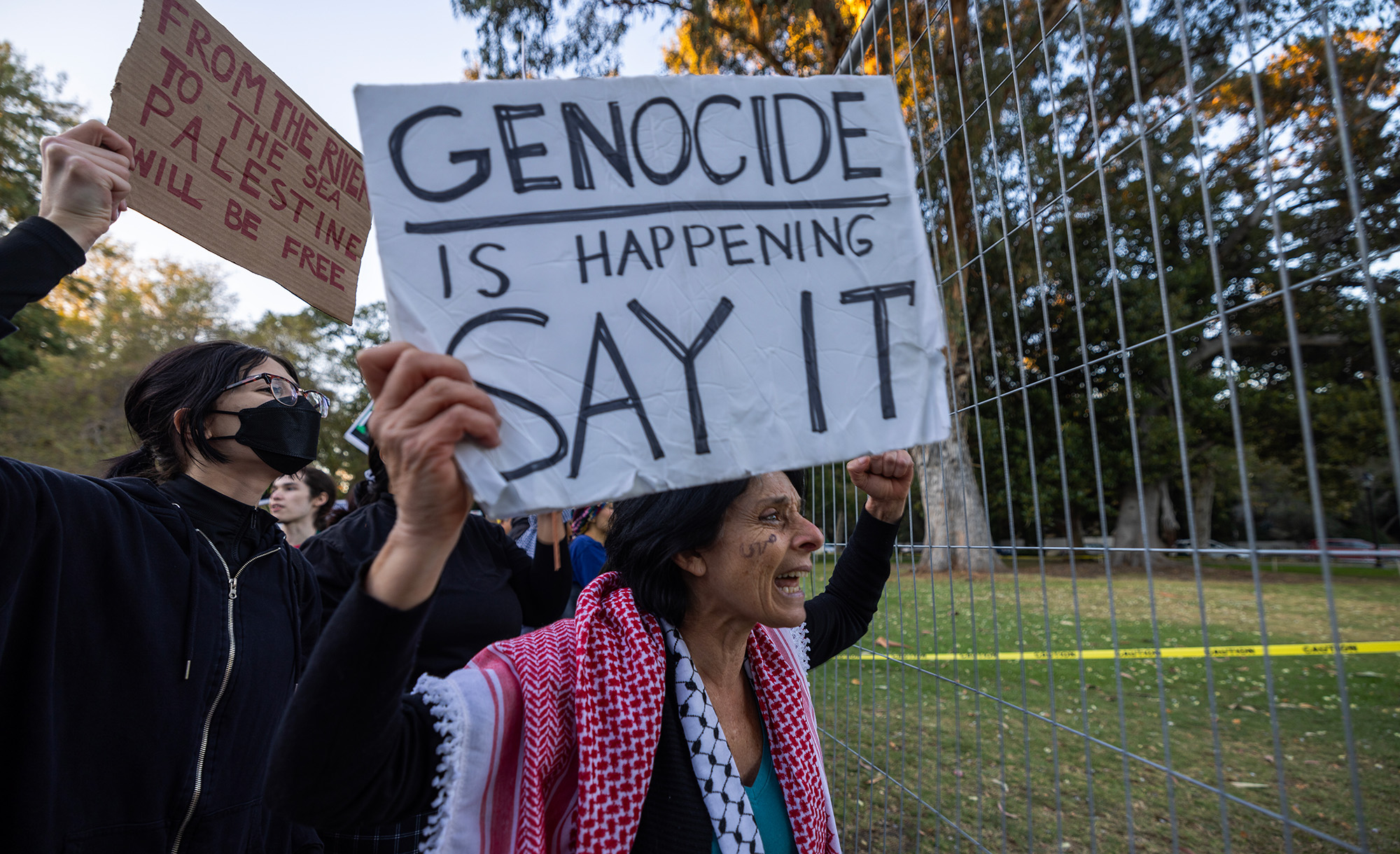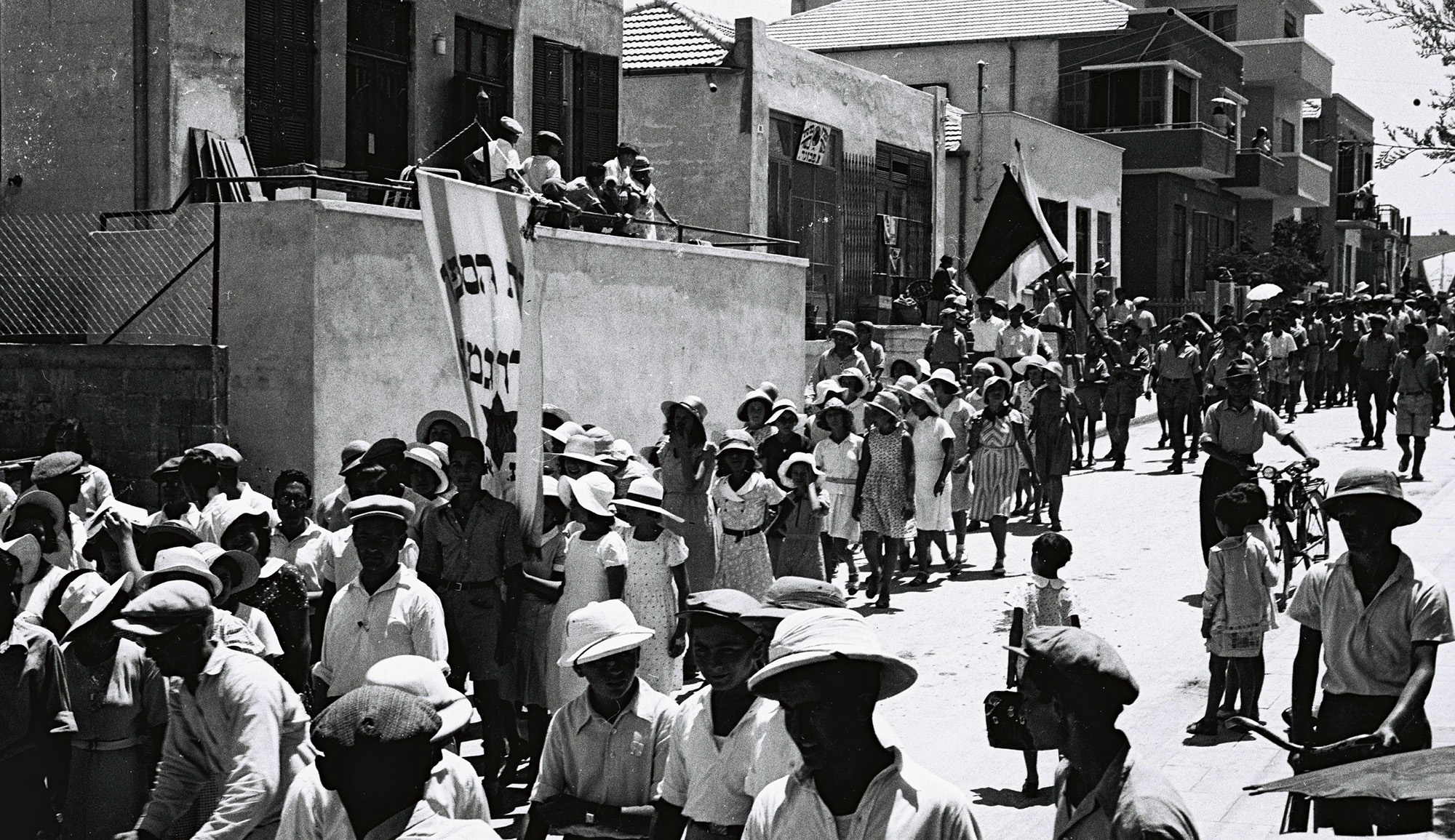Reviewing the National Yiddish Theater’s Yiddish-language production of the 1964 musical Fiddler on the Roof—itself based on Yiddish stories of Sholem Aleichem—Madeleine Kearns discerns a story with a deeply conservative message:
Conservatism necessarily involves compromise. That’s why it is such a precarious endeavor. You could say—as the dairyman Tevye does in Fiddler on the Roof—that it’s like a “fiddler on the roof trying to scratch out a pleasant, simple tune without breaking his neck.” . . .
Joel Grey’s lively revival of this classic is a delight. Fortunately, non-Yiddish-speaking audience members (like me) can follow along with English and Russian surtitles projected on the side of the stage. Grey’s is a modest production. But it brims with character and humor while remaining faithful to the story’s message. . . .
Tevye’s compromise with his daughters [in Fiddler does] not change his view of marriage, but rather it has strengthened his views where they needed strengthening and refined them where they needed refining. Tevye and [his wife] Golde must also learn by their daughters’ example. Namely, that love benefits from affection, not just duty. From youthful spontaneity, not just reliability. Of course, the same is true for his daughters. They, too, must learn from the example set by their parents: love involves sacrifice, it isn’t always sentimental; it’s mostly about doing what’s right by the other person. . . .
[B]y the end of the show, an edict from the tsar will force the Jewish population into exile. As the Jews of Anatevka leave behind the home of their forefathers, they must seek out new places to plant roots. In doing so, both “tradition” and compromise will be essential. . . . The National Yiddish Theatre is doing justice to this timeless conservative show.
More about: Arts & Culture, Conservatism, Fiddler on the Roof, Yiddish theater


